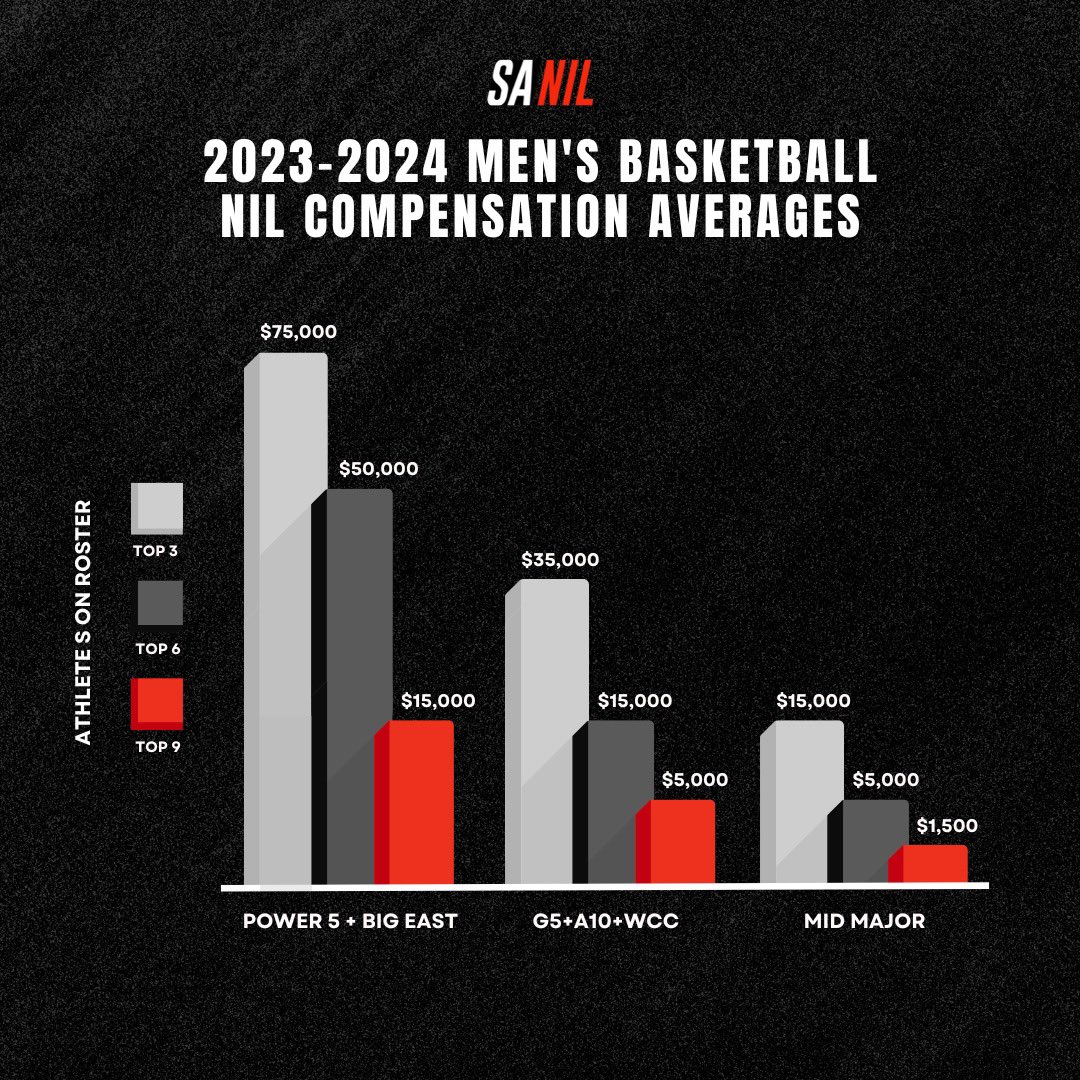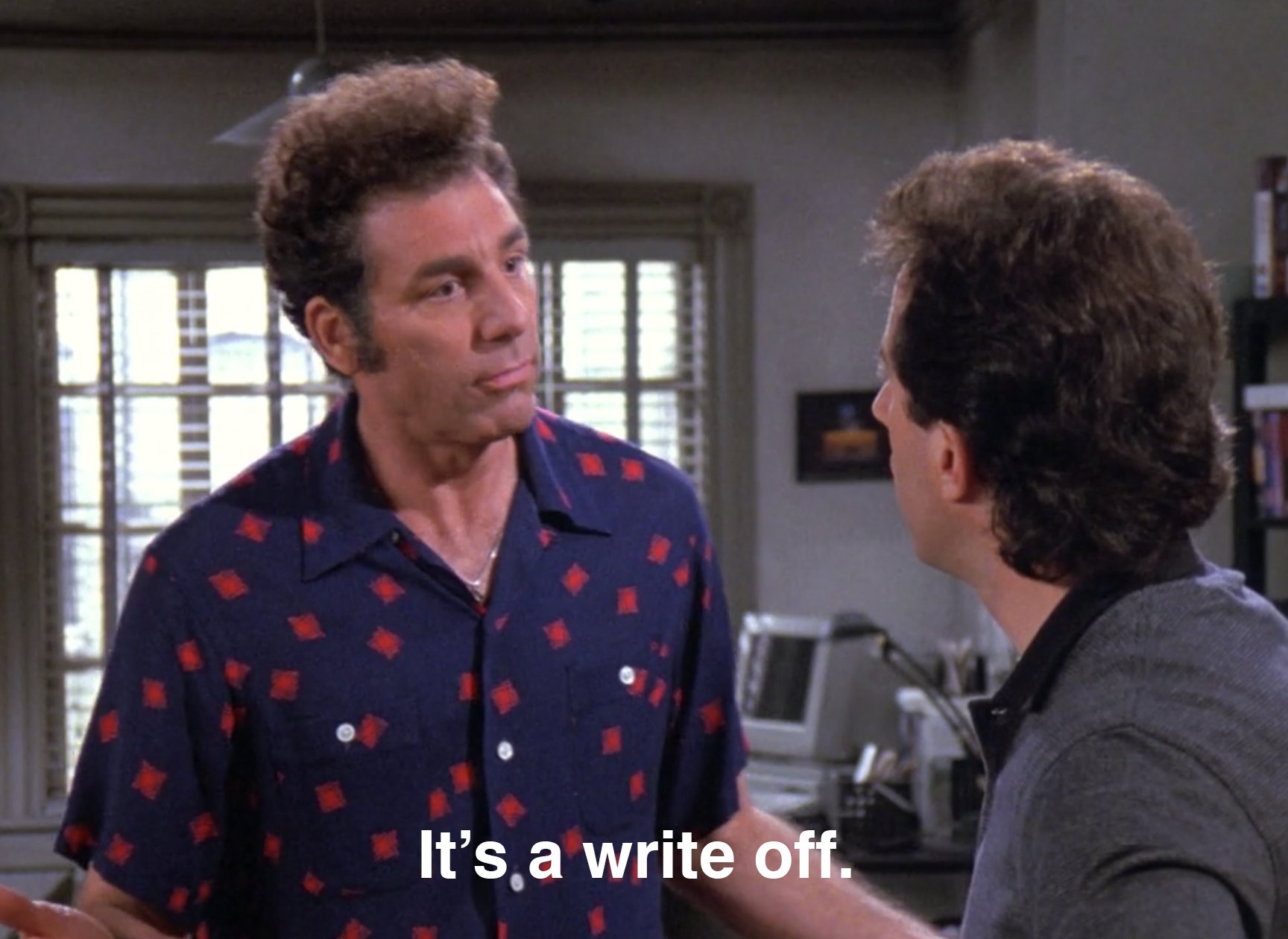I had posted this to Twitter last week. Seems relevant here:
A lot of people are lamenting the impacts of the transfer portal and NIL to the churn in players. And no doubt, they are part of the equation. What is frequently left out of that discussion, is the extra year that was granted due to shutdown impacts during the 20-21 season. The NCAA granted the option of an additional year, adding more supply of players, but they didn’t add any scholarships. With 363 D1 schools in men’s D1 basketball today multiplied by 13 scholarships per school, that equals about 4719 extra player years to account for since the NCAA did not allow extra scholarships to balance the equation. That equals about 1,180 extra scholarships a year that are potentially taken up by non freshman over the four year period. But, freshman have still been coming in, so room had to be created somehow. This situation was made much worse by the NCAA adding a ton of player supply without adding corresponding scholarships. The timing could not have been worse with NIL and the transfer portal blowing up at the same time.
The last two years, there have been a little over 1,600 players in the transfer portal each year. The difference between those numbers is a little more than 400. I am not saying it will drop to 400 transfers per year (because some haven’t utilized their extra year and other reasons), but, I do suspect when the extra years are gone, there will be significantly less churn.


